Your opportunity to enter and spread in global markets
Discovery MorePremium Adhesives for Inks – High-Performance Bonding Solutions for Flexo & Packaging Industries
Adhesives for Inks and Packaging Applications
Our premium adhesives are engineered to meet the rigorous demands of modern printing and packaging operations. Formulated with advanced bonding agents and tested under strict quality standards, these adhesives provide superior adhesion, flexibility, and durability across a wide range of substrates.
Whether you’re working with paper, plastic, film, foil, or composite materials, our adhesives deliver consistent performance and long-lasting results. They are specially designed to integrate seamlessly into flexographic and rotogravure ink systems, ensuring smooth application, rapid drying, and minimal impact on print quality.
Key benefits of our adhesives include:
-
Excellent bonding strength on coated and uncoated surfaces
-
High resistance to heat, humidity, and abrasion
-
Optimized flow properties for easy machine application
-
Low VOC (Volatile Organic Compound) content for safer use
-
Compatibility with both water-based and solvent-based ink formulations
-
Superior clarity and color stability under various printing conditions
-
Enhanced lamination performance for flexible packaging
-
Outstanding film-forming characteristics for edge-to-edge adhesion
Our adhesives are suitable for various industrial uses including flexible packaging, food-grade labeling, corrugated box manufacturing, and protective coatings. Each batch undergoes rigorous R&D testing to ensure compliance with international safety and performance regulations.
For printers, converters, and packaging professionals seeking reliable and innovative solutions, our range of adhesives ensures clean, durable, and professional results every time.
Choose our adhesives for optimal bonding – where strength, speed, and stability meet.
Multy Color
Description
Adhesives for Printing, Packaging, and Industrial Use
Introduction to Adhesives: The Backbone of Industrial Bonding
Adhesives are essential materials that serve as the invisible bond behind countless products and systems in our modern world. In industries like printing, packaging, construction, automotive, electronics, textiles, and beyond, adhesives play a central role in assembling, coating, sealing, and protecting surfaces and structures. The demand for high-performance adhesives has surged in recent years due to the rising complexity of production methods, the need for lightweight yet strong materials, and growing environmental awareness.
In the printing and packaging industries in particular, adhesives are indispensable. They are used to laminate films, seal cartons, reinforce labels, create multi-layered flexible packages, and ensure print integrity under various mechanical and environmental stresses.
This product description provides a comprehensive overview of our high-quality adhesives designed specifically for ink applications, laminating, label production, and packaging systems. It will cover the key features, types, performance parameters, chemistry, sustainability, safety, use cases, and integration with flexographic and rotogravure processes.
Part 1: The Chemistry Behind Modern Adhesives
The science of adhesives has evolved from simple glues to highly-engineered formulations. Our adhesives are formulated using advanced polymer technologies to deliver precise performance across a wide spectrum of substrates and environments.
1.1 Types of Adhesives Used in Printing and Packaging:
- Water-Based Adhesives: Ideal for flexible packaging and paper-to-paper lamination.
- Solvent-Based Adhesives: Used where faster drying and higher bond strength is required.
- UV-Curable Adhesives: Provide instant curing under UV light, enhancing productivity.
- Hot Melt Adhesives: Thermoplastic adhesives used in rapid sealing applications.
- Pressure-Sensitive Adhesives (PSA): Common in labeling, tape, and self-adhesive films.
1.2 Key Ingredients:
- Acrylic polymers
- Polyurethane dispersions
- Ethylene-vinyl acetate (EVA)
- Natural and synthetic rubber compounds
- Polyolefin resins
These materials give adhesives the flexibility, tack, shear strength, and temperature resistance required for performance across diverse use cases.
Part 2: Functional Properties of High-Quality Adhesives
Modern adhesives are not merely sticky substances; they are highly engineered products with tailored properties. Our adhesives exhibit:
2.1 Bonding Strength: Exceptional adhesion to plastic films, paperboard, foils, and laminates.
2.2 Flexibility: Maintains bond integrity during folding, compression, and impact.
2.3 Thermal Resistance: Tolerates high-speed machinery and heat-sealing processes.
2.4 Moisture and Chemical Resistance: Essential for food-grade and outdoor applications.
2.5 Low Migration and Food Safety Compliance: Safe for indirect food contact packaging, certified under FDA/EU standards.
2.6 Printability and Transparency: Especially for adhesives used directly beneath inks and overprints.
2.7 Long Pot Life and Machine Compatibility: Stable rheology ensures excellent flow through various coating and printing equipment.
Part 3: Applications of Adhesives Across Industries
Our adhesives are versatile and find utility across multiple industrial sectors:
3.1 Flexible Packaging:
- Multi-layer pouches
- Stand-up zippered bags
- Sachets and barrier films
3.2 Labeling:
- Pressure-sensitive labels
- Wraparound bottle labels
- Thermal transfer label bonding
3.3 Corrugated Packaging:
- Box sealing
- Edge reinforcements
- Structural flaps
3.4 Paper Conversion:
- Bookbinding
- Paperboard lamination
- Folding cartons
3.5 Textile and Nonwoven:
- Lamination of interlinings
- Composite material bonding
3.6 Automotive and Electronics:
- Interior panel bonding
- Wire harness and insulation bonding
Each adhesive is designed to perform under the stresses specific to its industry, maintaining strength, aesthetics, and durability.
Part 4: Sustainability in Adhesives – Eco-Friendly Bonding
The demand for sustainable adhesives is growing rapidly. Our materials are manufactured using low-emission processes and many of our adhesives are free from solvents, VOCs, and heavy metals.
4.1 Water-Based Innovation: Reduces solvent use and enables safe handling. 4.2 Bio-Based Alternatives: Derived from renewable resources such as starch, proteins, and lignin. 4.3 Compostable and Recyclable Adhesives: Compatible with recyclable packaging systems. 4.4 Regulatory Compliance: All adhesives meet REACH, RoHS, FDA, and ISO 14001 guidelines.
We believe that adhesives should not only bind materials—but also support our planet.
Part 5: Performance Testing and Quality Assurance
We implement rigorous testing to ensure the performance of our adhesives:
- Peel Strength (ASTM D903)
- Shear Strength (ASTM D1002)
- Tensile Strength (ASTM D412)
- Heat Resistance (up to 180°C)
- Water Resistance (immersion and humidity chamber testing)
- Aging Resistance (accelerated weathering tests)
Our in-house and third-party labs provide full traceability and lot-to-lot consistency. Certificates of Analysis (COA) and Technical Data Sheets (TDS) are available for all products.
Chemical Properties, Types, and Technical Composition of Adhesives
Adhesives (مواد لاصقة) are a broad category of chemical compounds designed to bond surfaces together, offering strength, flexibility, and durability across a variety of materials. Their effectiveness depends heavily on their chemical formulation, the nature of the surfaces involved, environmental conditions, and application methods. In this section, we explore the molecular science of adhesives and the diversity of types available in today’s industrial and consumer markets.
1. Chemical Composition of Adhesives
Modern adhesives are engineered with precision chemistry. The base formulation typically includes:
- Polymeric Base: The main ingredient that provides adhesion. Common polymers include polyurethane, acrylic, epoxy, silicone, and cyanoacrylate.
- Additives: Ingredients such as fillers, plasticizers, stabilizers, and hardeners that modify viscosity, cure time, UV resistance, and final strength.
- Solvents or Carriers: Water-based or solvent-based mediums that affect how the adhesive is applied and cured.
- Curing Agents: Hardening catalysts that initiate chemical reactions leading to solidification and bonding.
These components together influence how well an adhesive sticks, how long it lasts, and how it behaves under stress, temperature fluctuations, and humidity.
2. Classification by Adhesive Chemistry
Adhesives are categorized by their chemical structure and curing mechanisms:
- Epoxy Adhesives: High-performance مواد لاصقة known for excellent bonding strength on metal, wood, and plastic. Used in aerospace, automotive, and construction.
- Acrylic Adhesives: Offer fast-setting times and strong adhesion to a wide range of substrates. Ideal for signage, labels, and electronics.
- Polyurethane Adhesives: Flexible, waterproof, and resistant to impact. Common in woodworking, footwear, and flexible packaging.
- Silicone Adhesives: Heat-resistant and elastic, used in electronics, glass bonding, and high-temperature applications.
- Cyanoacrylate Adhesives: Also known as superglue, used for instant bonding in medical, household, and consumer products.
3. Pressure-Sensitive Adhesives (PSAs)
These materials form a bond when pressure is applied to marry the adhesive with the adherend. Common in tapes, labels, and films, PSAs don’t require heat, water, or solvent to activate. Their properties include:
- Immediate tack and repositionability
- No need for curing time
- Clean removal options (removable PSAs)
- Durability in extreme temperatures and UV exposure
4. Thermosetting vs. Thermoplastic Adhesives
- Thermosetting Adhesives cure irreversibly, forming rigid bonds that resist heat and chemicals. They are ideal for structural and load-bearing applications.
- Thermoplastic Adhesives soften with heat and solidify upon cooling. They are easier to process and rework, commonly used in hot melt glues.
5. Water-Based vs. Solvent-Based Adhesives
- Water-Based Adhesives: Eco-friendly, low VOC (volatile organic compound), and used in paper, packaging, and woodworking industries.
- Solvent-Based Adhesives: Offer faster drying times and superior bond strength but may emit strong odors and require ventilation.
6. UV-Curable Adhesives
UV-curable adhesives are مواد لاصقة that set and cure upon exposure to ultraviolet light. Their advantages include:
- Rapid curing (within seconds)
- Precise placement before exposure
- Common in electronics, optics, and medical devices
7. Structural vs. Non-Structural Adhesives
- Structural Adhesives are designed to bear loads and withstand mechanical forces, commonly used in industrial manufacturing, especially automotive and aerospace.
- Non-Structural Adhesives serve aesthetic or non-load-bearing purposes, such as in packaging and consumer goods.
8. Specialty Adhesives
Specialty materials offer unique properties for specific industries:
- Conductive Adhesives: Allow electric current to pass, used in circuit assembly and repair.
- Biocompatible Adhesives: Used in surgical applications, skin bonding, and implant materials.
- Fire-Resistant Adhesives: Engineered to maintain bond integrity under high heat.
- Eco-Friendly Adhesives: Derived from natural sources like starch, cellulose, or biodegradable polymers.
9. Rheological Properties
Adhesives’ performance is also influenced by their rheology — how they flow and deform under stress:
- Viscosity: Determines ease of application; low viscosity for sprays, high viscosity for bead application.
- Thixotropy: Describes how viscosity changes with shear; essential for vertical surface applications.
10. Shelf Life and Stability
Proper formulation and packaging extend the usability of adhesives:
- Storage temperature and humidity control
- Resistance to premature curing or separation
- Packaging innovations like dual-barrel cartridges or nozzles for instant mixing
Industrial Applications, Safety Standards, and Technological Innovation
The use of adhesives spans across numerous industries, from automotive and aerospace to packaging and construction. Each sector demands specific performance metrics, and manufacturers continually adapt formulas to meet those evolving needs.
Automotive & Aerospace:
In the automotive sector, adhesives are indispensable. They are used in bonding metal components, plastic panels, and even structural reinforcements. High-performance epoxy and polyurethane adhesives ensure crash durability, vibration resistance, and corrosion protection. In aerospace, weight savings are paramount. Here, lightweight structural adhesives replace rivets and screws, reducing fuel consumption while improving aerodynamics.
Packaging & Labeling:
The packaging industry relies heavily on pressure-sensitive adhesives for labels, tapes, and carton sealing. These must resist temperature fluctuations, moisture, and physical wear during transport. Water-based acrylic adhesives dominate the label sector due to their eco-friendliness and ease of use. For food packaging, safety and non-toxicity are crucial, making FDA-compliant formulations essential.
Construction & Woodworking:
From flooring and insulation panels to drywall and facade systems, adhesives are vital in ensuring long-lasting construction performance. Polyurethane and hybrid polymer adhesives offer excellent elasticity, gap-filling capabilities, and weatherproof bonding, making them ideal for both indoor and outdoor applications.
Footwear, Textile, and Leather:
In the production of shoes, bags, and garments, adhesives ensure strong bonds between soles, fabrics, and other materials. Hot melt and solvent-based adhesives offer fast bonding and flexibility, key for high-speed manufacturing lines.
Electronics & Appliances:
Electronics manufacturing demands precision. Here, adhesives must provide electrical insulation, thermal conductivity, and micro-bonding capabilities. Silicone-based adhesives are widely used due to their stability and durability under extreme conditions.
Safety Standards and Regulatory Compliance:
High-quality adhesives adhere to stringent international safety and environmental regulations. Common certifications include:
- REACH (Registration, Evaluation, Authorisation and Restriction of Chemicals)
- RoHS (Restriction of Hazardous Substances)
- ISO 9001 for quality management
- ISO 14001 for environmental management
- FDA Approval for food-grade applications
Adhering to these standards ensures that adhesives are safe for both manufacturers and end-users and minimizes ecological impact.
Advances in Adhesive Technology:
The field of adhesives has witnessed significant innovation. Smart adhesives, for instance, change properties based on temperature or pH. Nano-enhanced adhesives offer stronger bonds and resistance to extreme conditions. Light-curing adhesives are gaining traction in medical and dental applications due to their speed and precision.
Sustainability Trends: Eco-conscious consumers drive demand for green adhesives. This includes bio-based formulations from renewable sources like soy, starch, and castor oil. Water-based adhesives continue to replace solvent-based counterparts to reduce VOC emissions.
Customization & Innovation: Leading manufacturers now offer custom-blended adhesives to meet exacting specifications. Whether it’s altering viscosity, curing time, or color, customization enhances end-product performance and brand identity.
In conclusion, the future of adhesives lies in smart engineering, sustainability, and sector-specific innovation. As industries grow more complex, the demand for high-performance, safe, and eco-friendly adhesive solutions will continue to rise.
Packaging, Storage, and Global Market Trends for Adhesives
Packaging of Adhesives
The packaging of adhesives plays a crucial role in maintaining product stability, extending shelf life, and enabling efficient usage across industries. Depending on the adhesive’s chemical nature—such as solvent-based, water-based, or hot melt—the packaging must be compatible and inert to prevent contamination or degradation.
Common packaging formats include:
- Cartridges and Syringes: Ideal for precision application in industrial or consumer contexts.
- Buckets and Pails: Common for large-volume usage in construction and manufacturing.
- Drums and Totes: Used for bulk adhesive supply, especially in high-volume industrial settings.
- Flexible Pouches: A newer trend that reduces packaging waste and allows for custom dosing.
Packaging also includes information on safety instructions, usage guidelines, storage conditions, and batch traceability.
Storage Guidelines
Proper storage of adhesives is vital to preserve their properties. General best practices include:
- Temperature Control: Most adhesives require storage at temperatures between 5°C and 25°C to prevent hardening or separation.
- Humidity Management: Moisture-sensitive adhesives, like polyurethanes and cyanoacrylates, must be kept in sealed containers to avoid premature curing.
- UV Protection: Light-sensitive adhesives need opaque or UV-blocking containers.
- Rotation System: Implementing a first-in, first-out (FIFO) system ensures the oldest stock is used first, reducing waste.
Labeling and Regulatory Compliance
All packaging must comply with international labeling standards, including:
- Hazard symbols and GHS-compliant pictograms.
- REACH or TSCA regulatory status.
- Batch numbers, manufacturing dates, and expiry information.
- Environmental disposal instructions for safe handling of leftover adhesives.
Global Market Trends
The global adhesives market has experienced dynamic growth, driven by developments in sectors such as automotive, packaging, construction, and electronics. Notable trends include:
- Bio-Based Adhesives: Rising demand for sustainable alternatives has led to the growth of adhesives made from renewable feedstocks such as starch, lignin, and casein.
- Smart Adhesives: Innovations include thermally conductive adhesives for electronics and pressure-sensitive adhesives with color-changing properties for quality control.
- Miniaturization and Precision Application: In industries like electronics and medical devices, the need for micro-scale adhesive solutions has driven innovations in applicator design and formulation.
- E-commerce Boom: A surge in e-commerce has increased the demand for secure, tamper-evident adhesive closures for packaging.
- Regional Shifts: While North America and Europe remain mature markets, Asia-Pacific—especially China and India—has emerged as a hub for adhesive production and consumption.
Sustainability and Environmental Impact
Environmental responsibility is becoming a competitive differentiator. Trends in sustainable adhesive technologies include:
- Water-Based Formulations to replace solvent-based systems.
- Recyclable and Compostable Adhesives compatible with circular economy models.
- VOC Reduction Initiatives to comply with stricter environmental standards globally.
In conclusion, packaging, storage, and market trends surrounding adhesives are evolving rapidly. Companies that align their product development and supply chain management with these changes are better positioned to meet consumer expectations and regulatory standards.

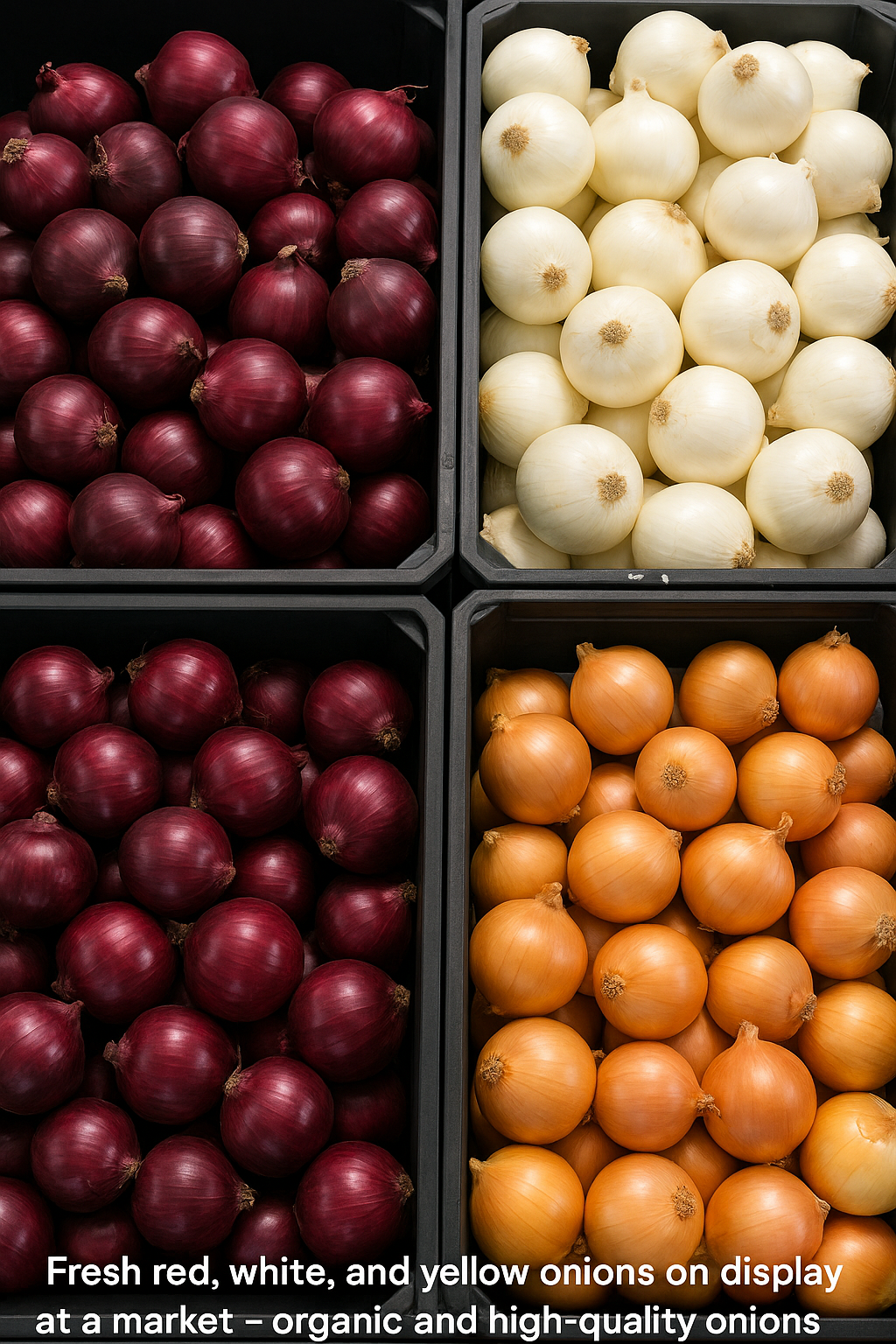
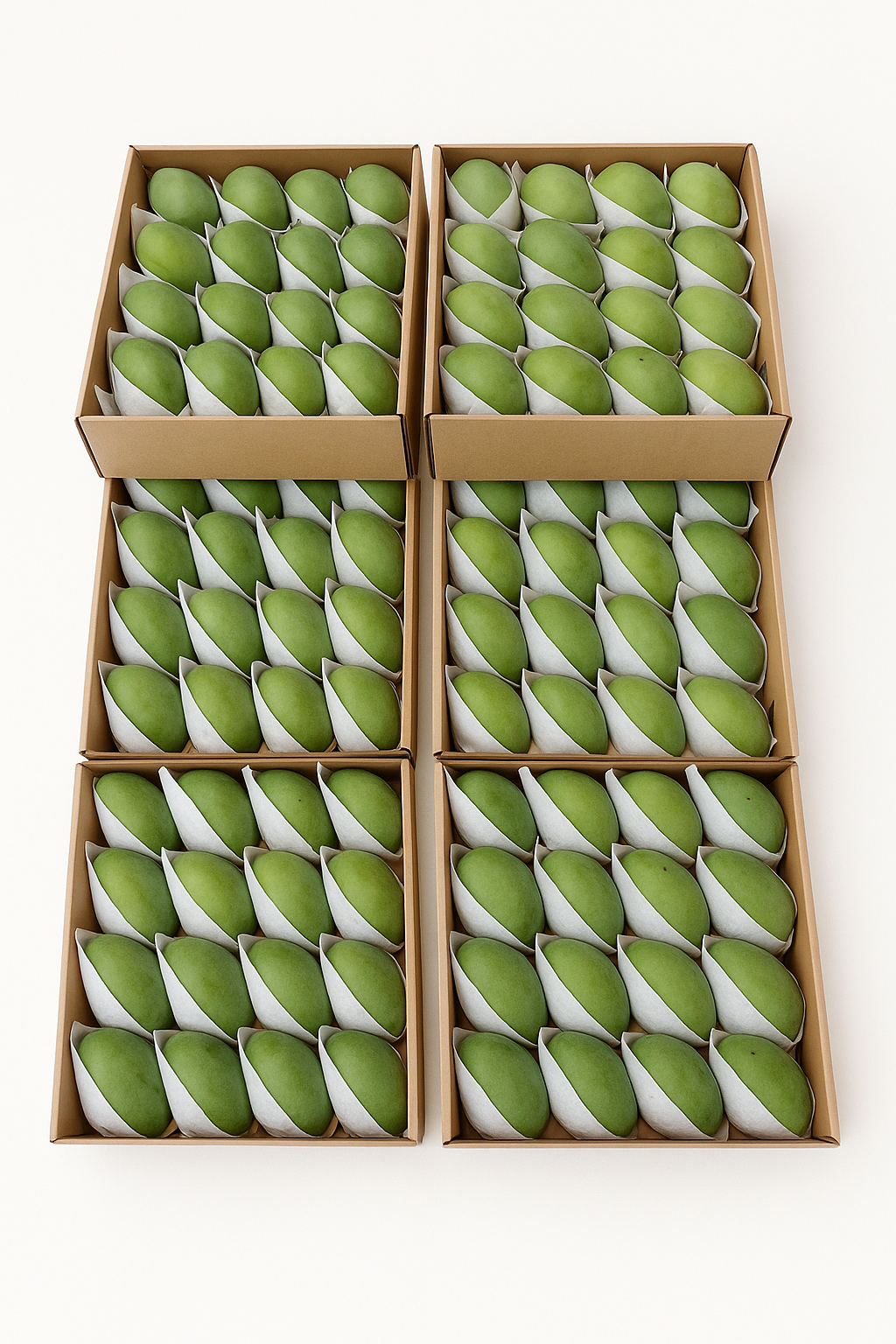
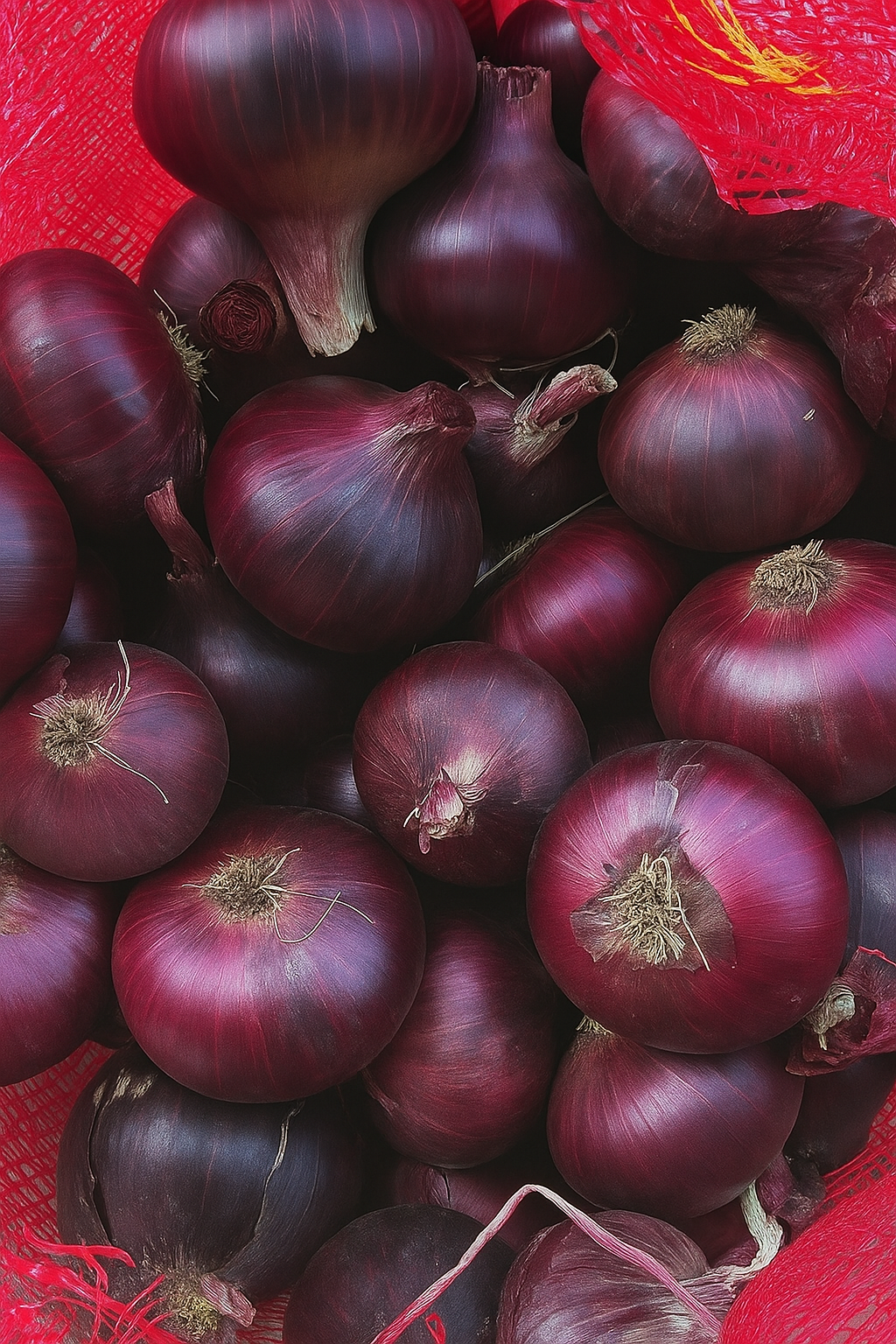
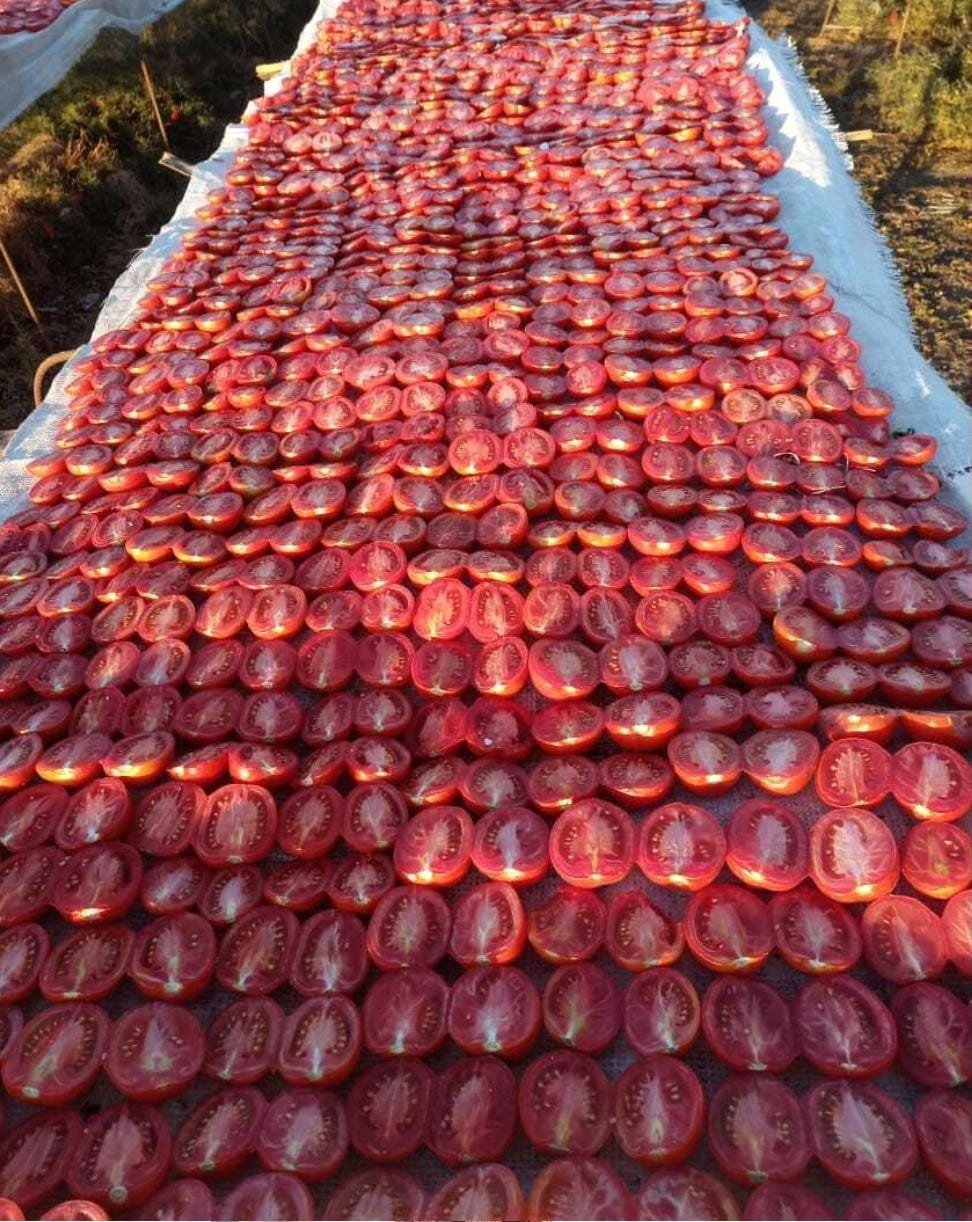
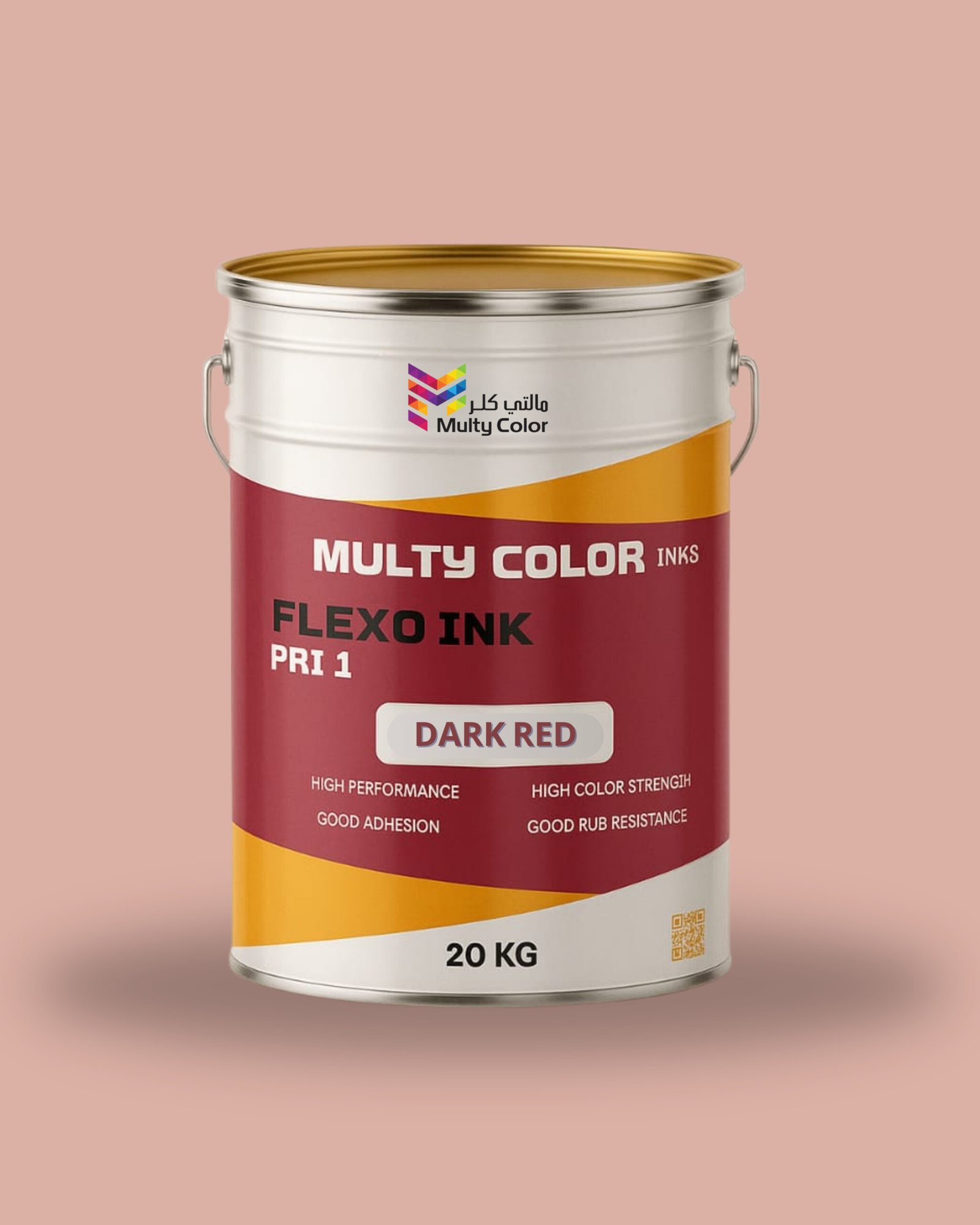
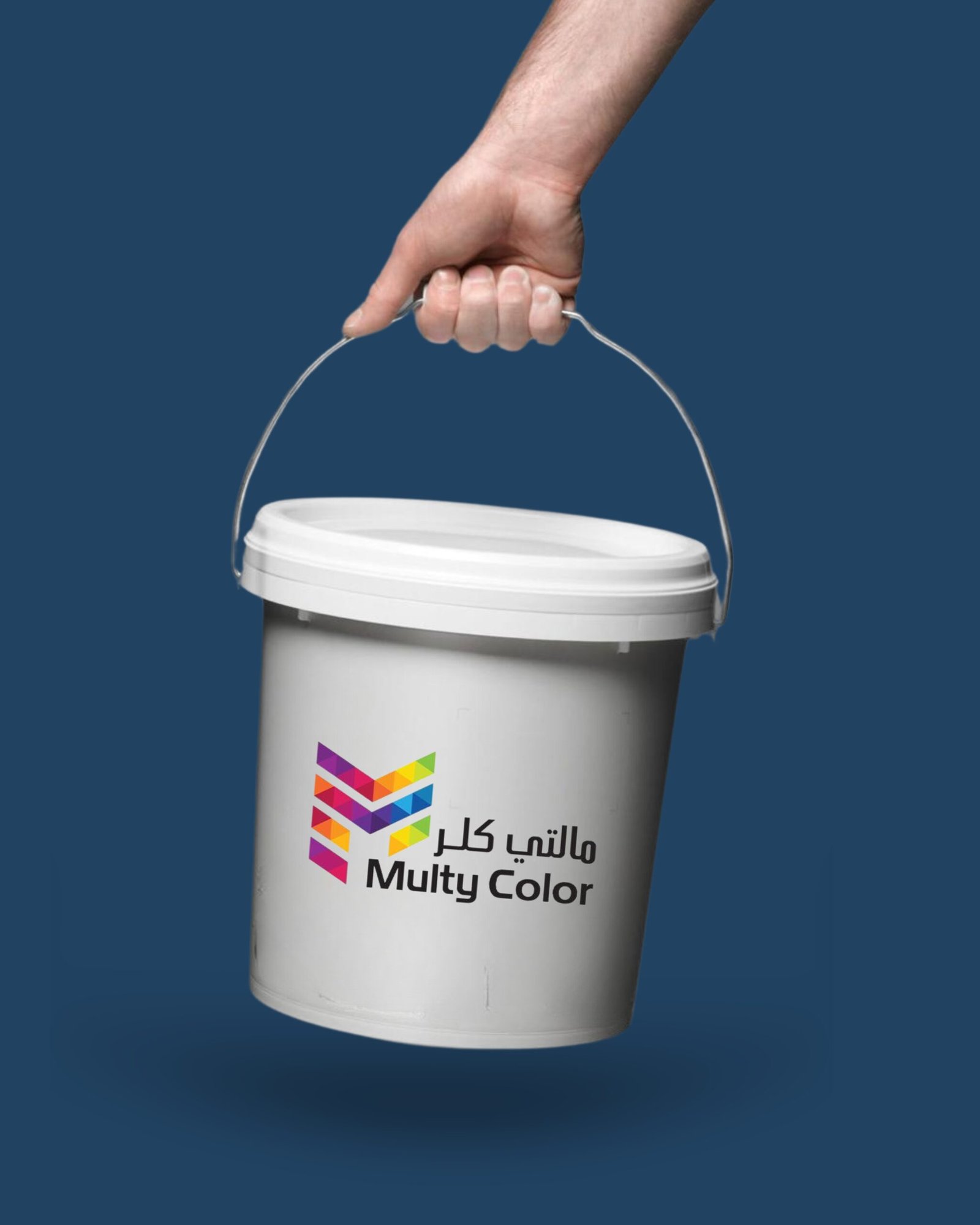

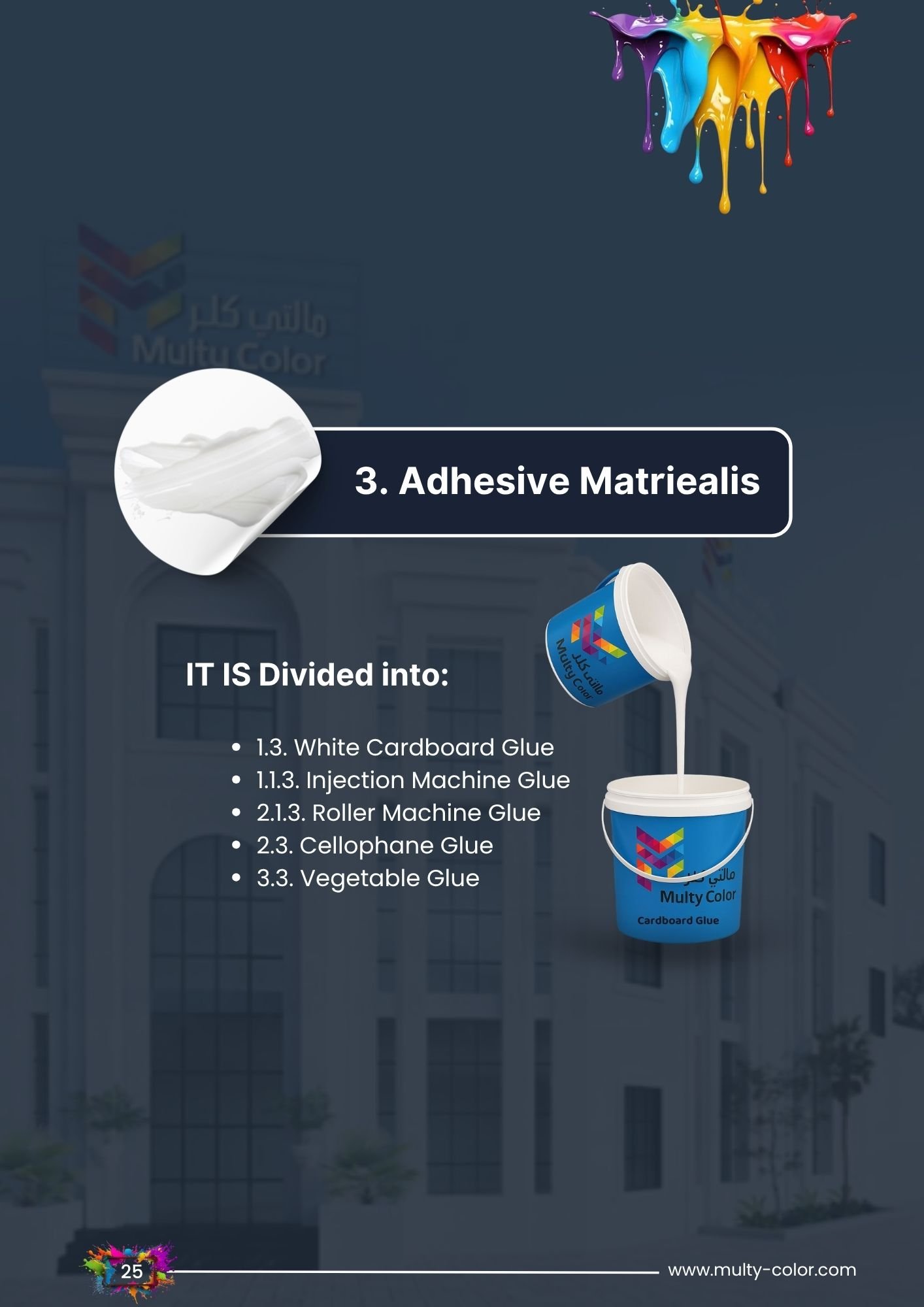







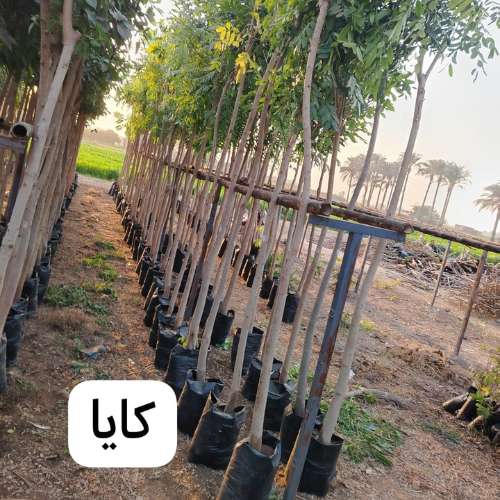

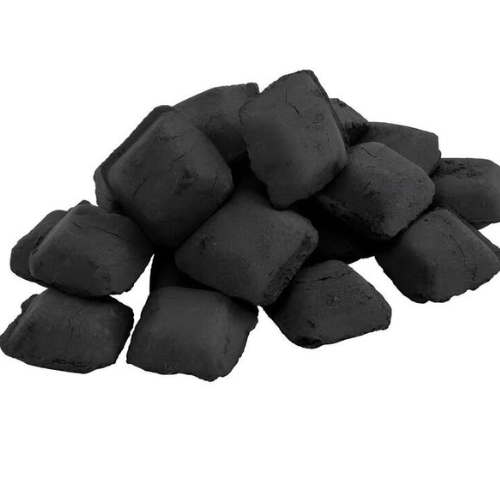

Reviews
There are no reviews yet.